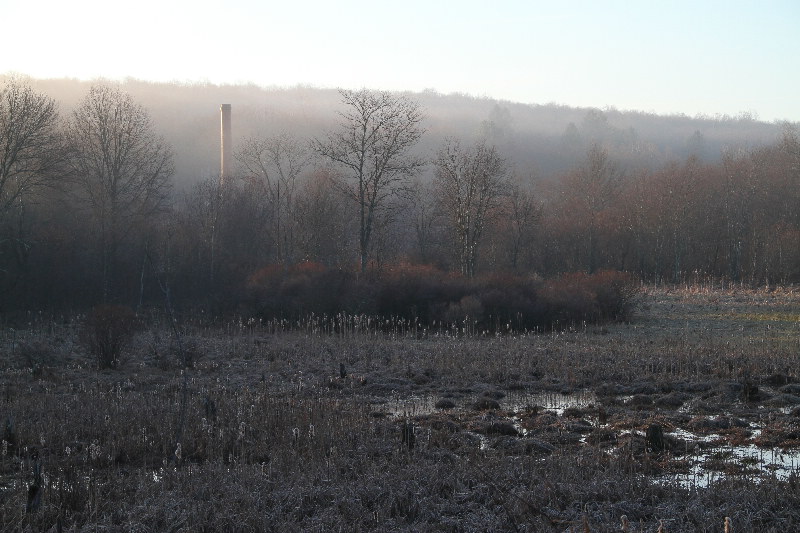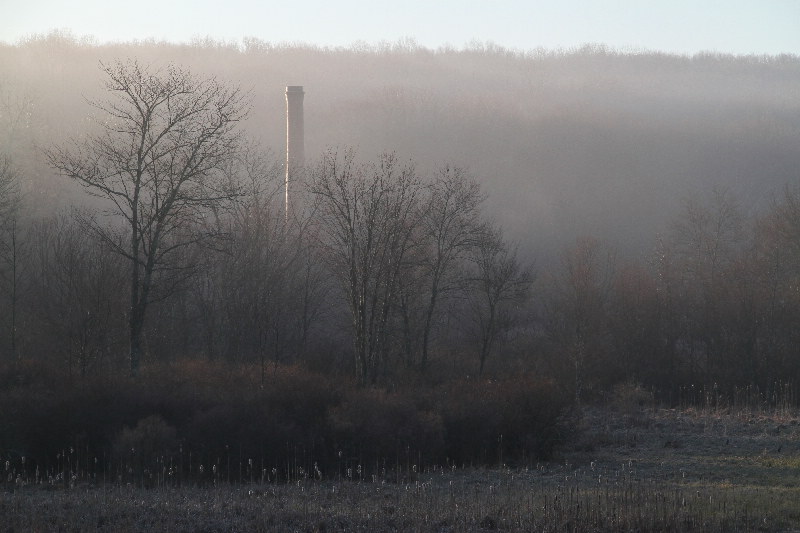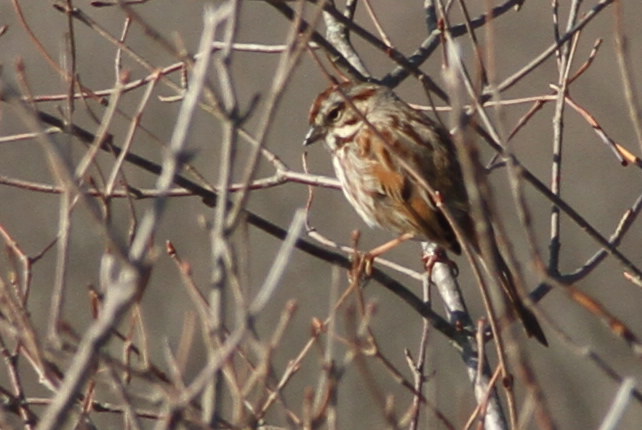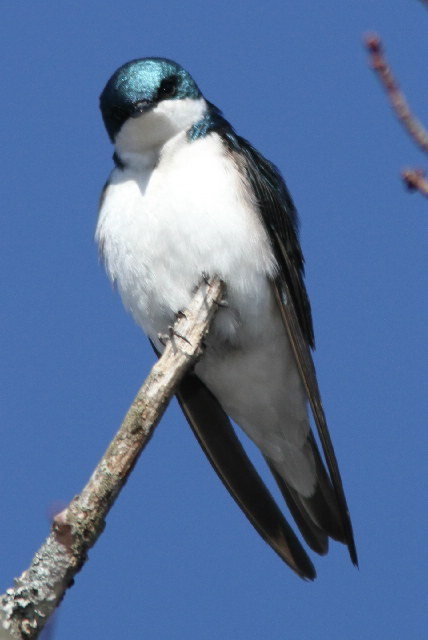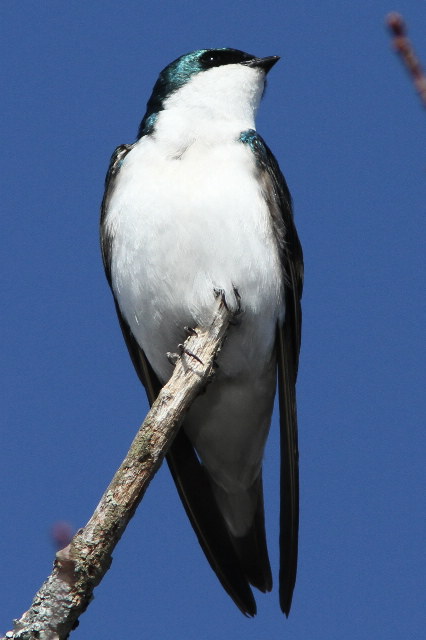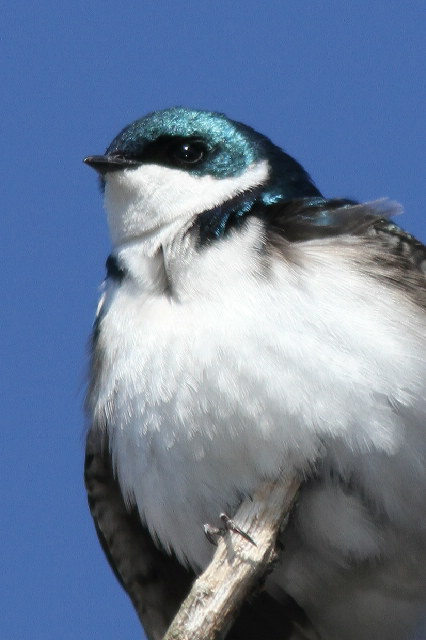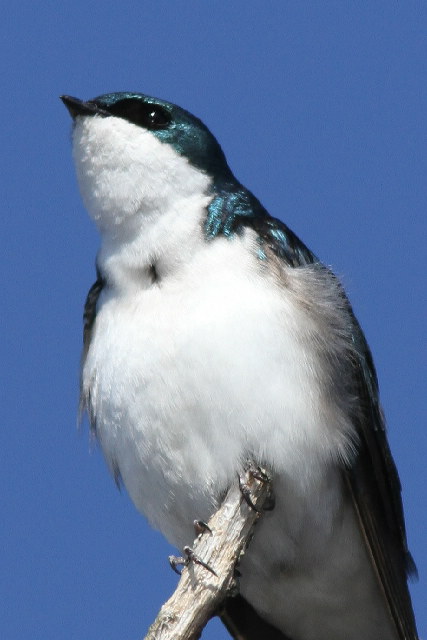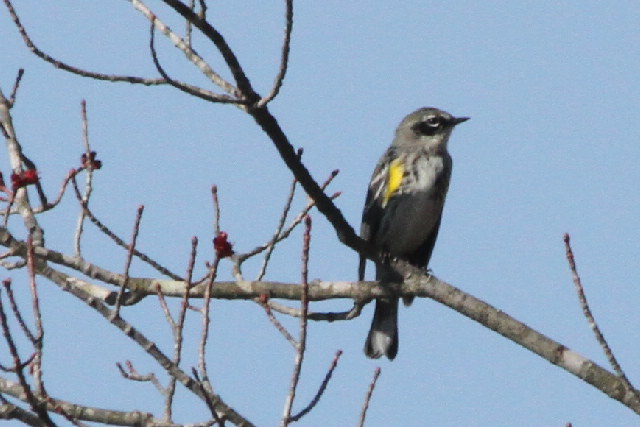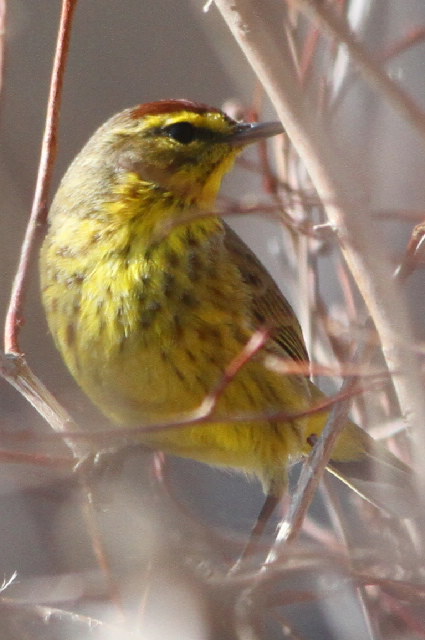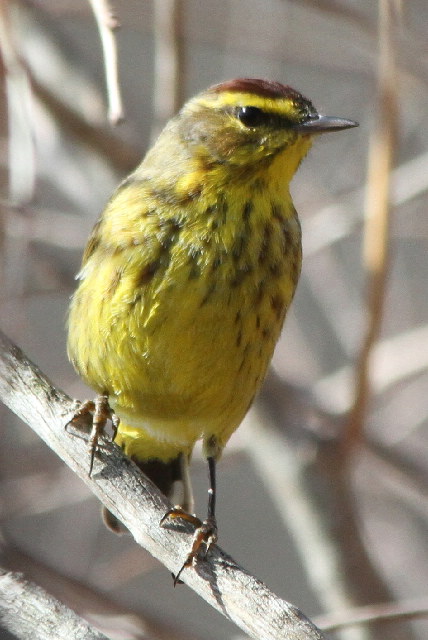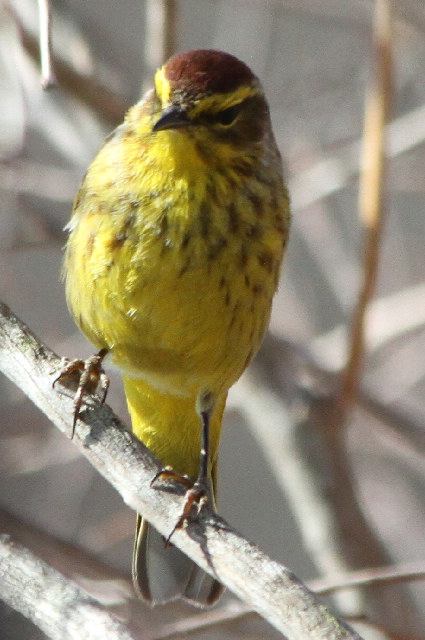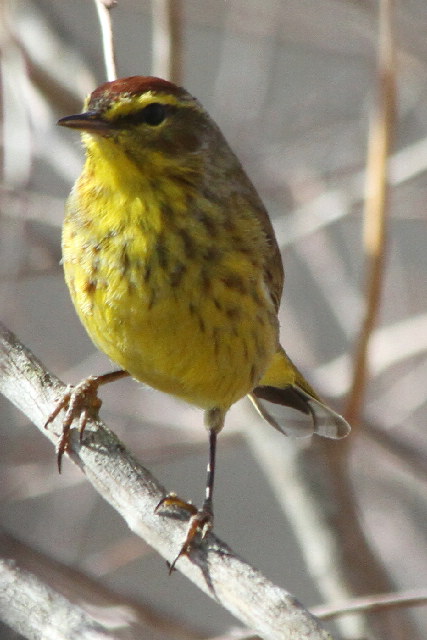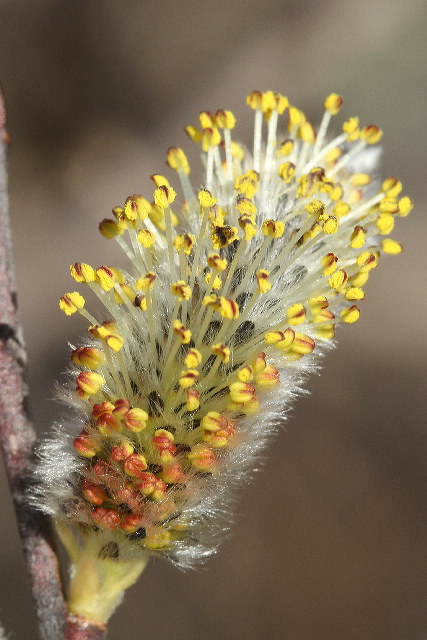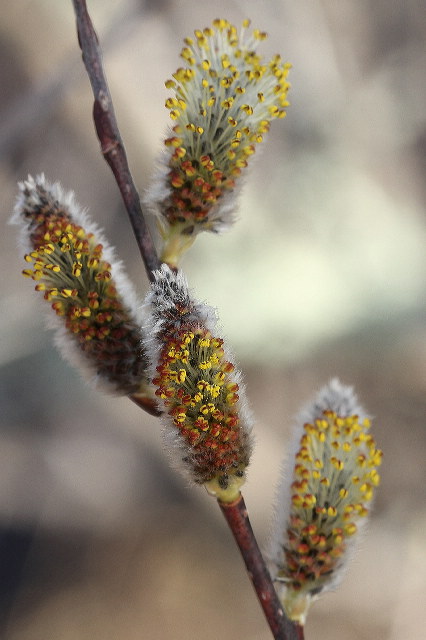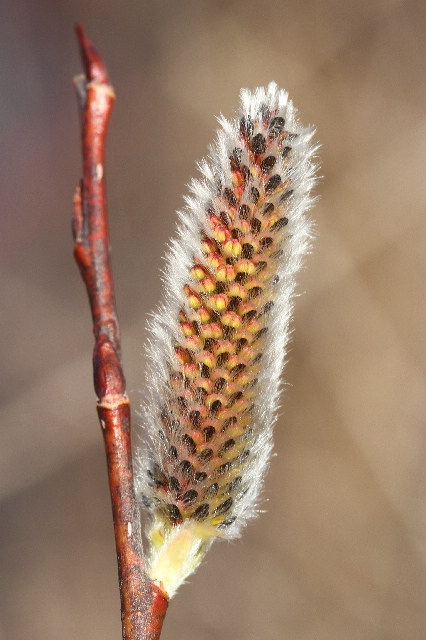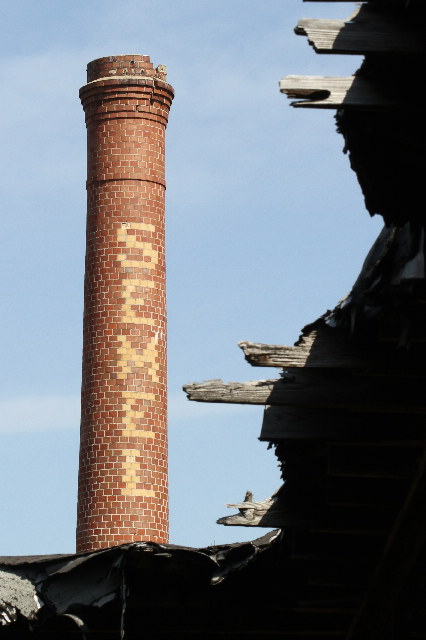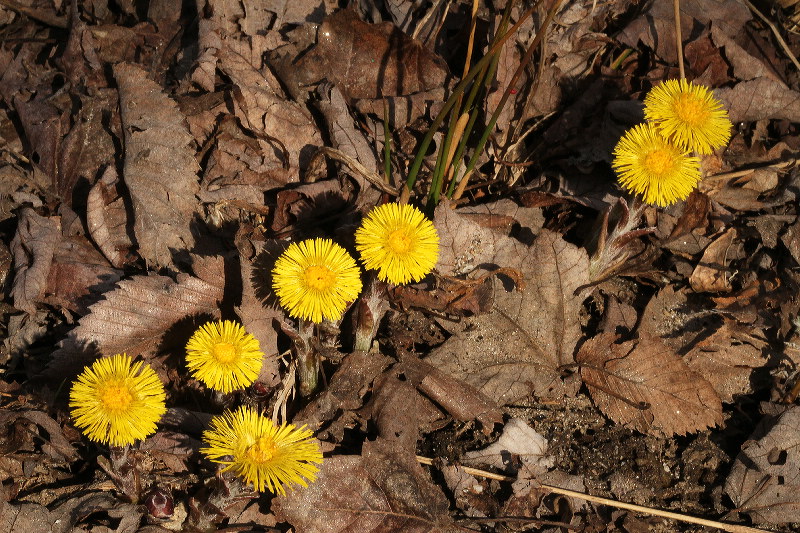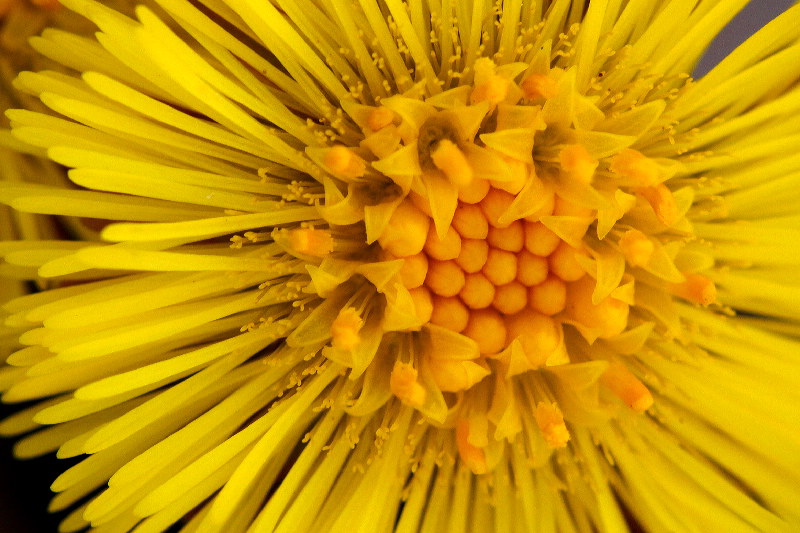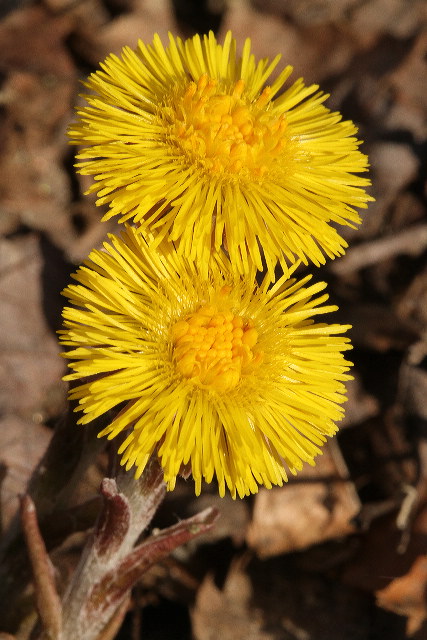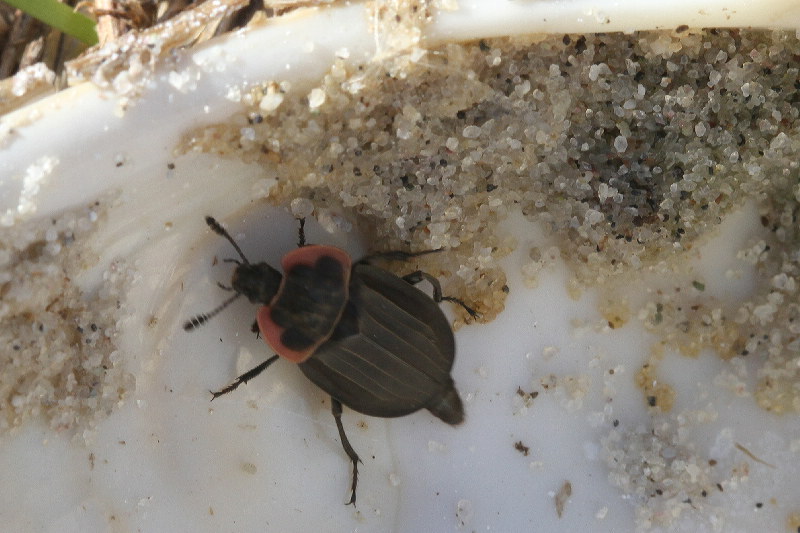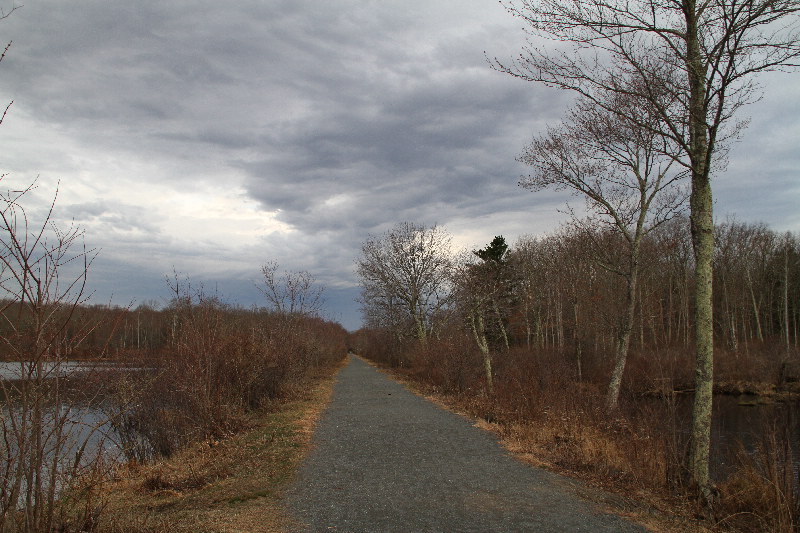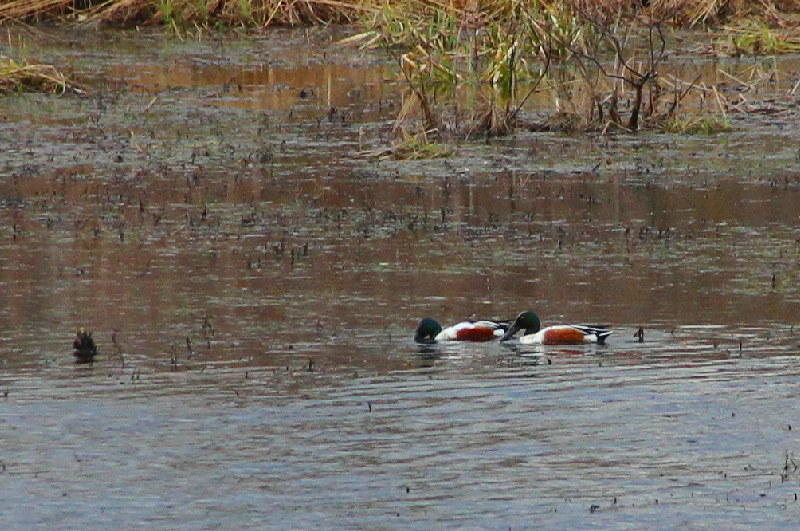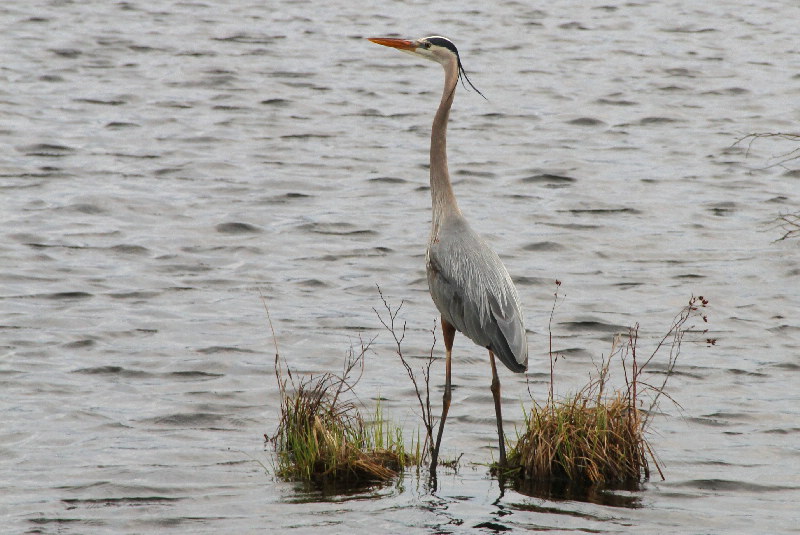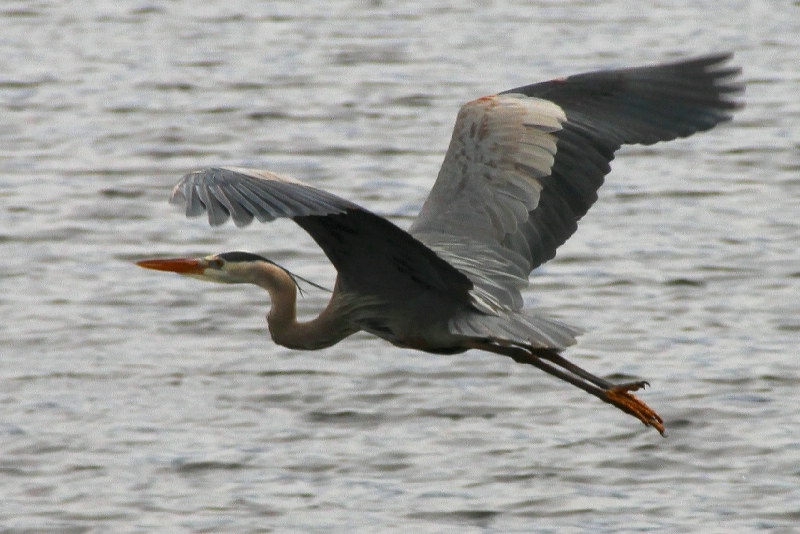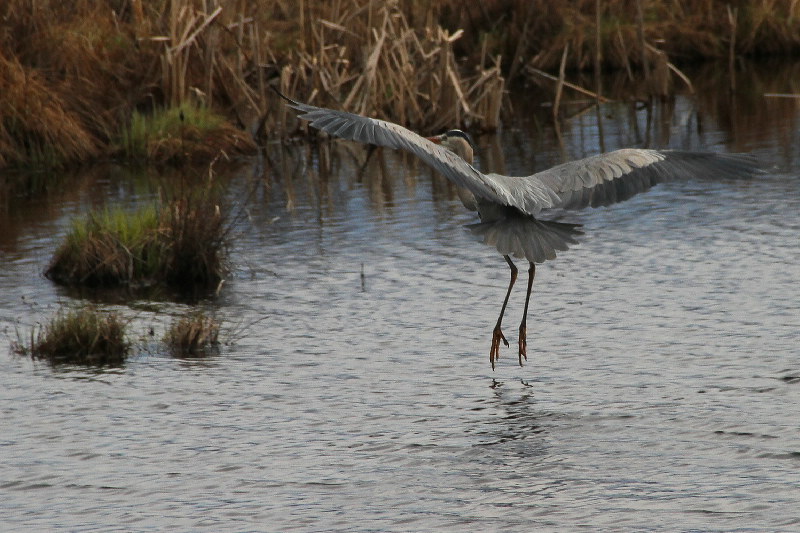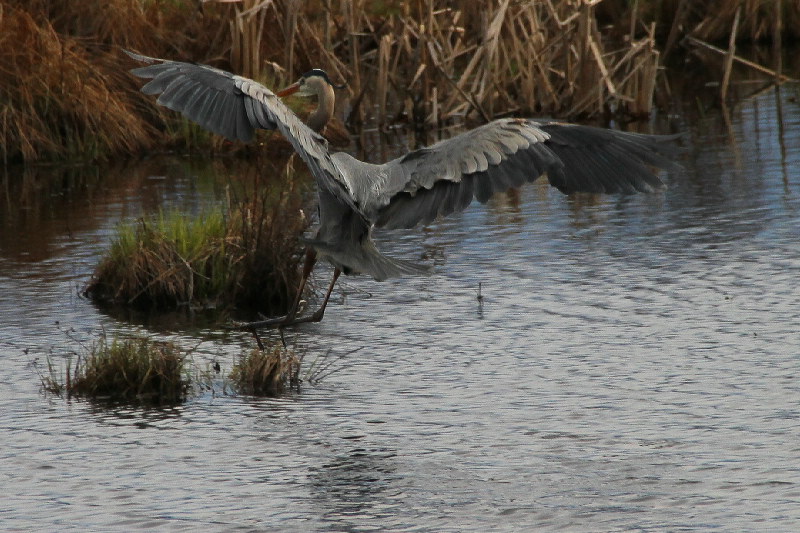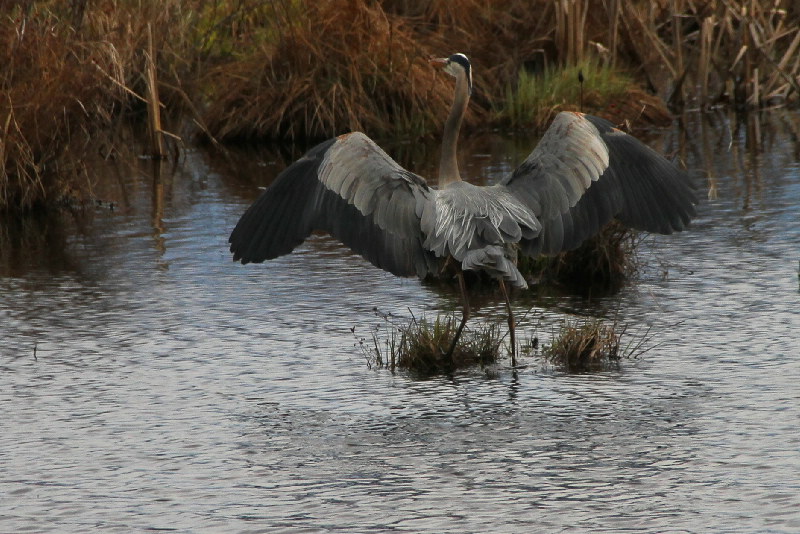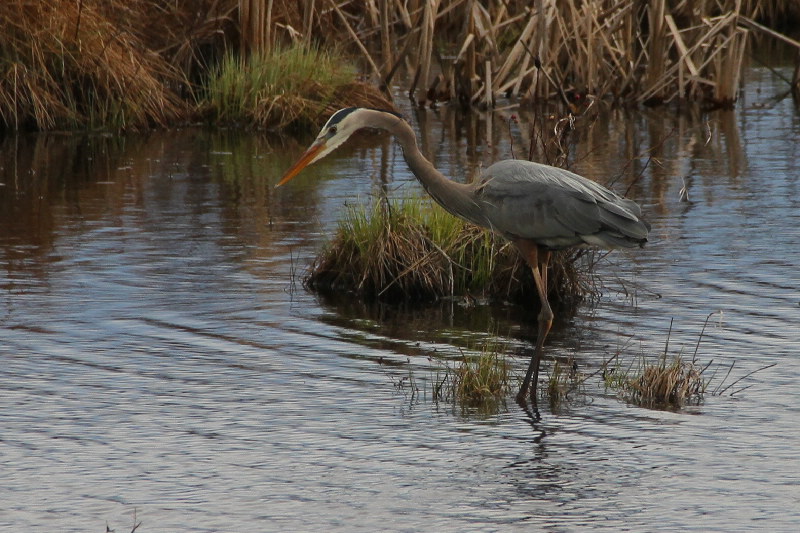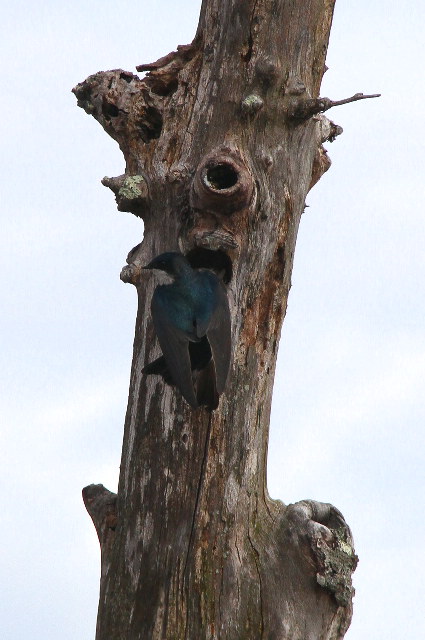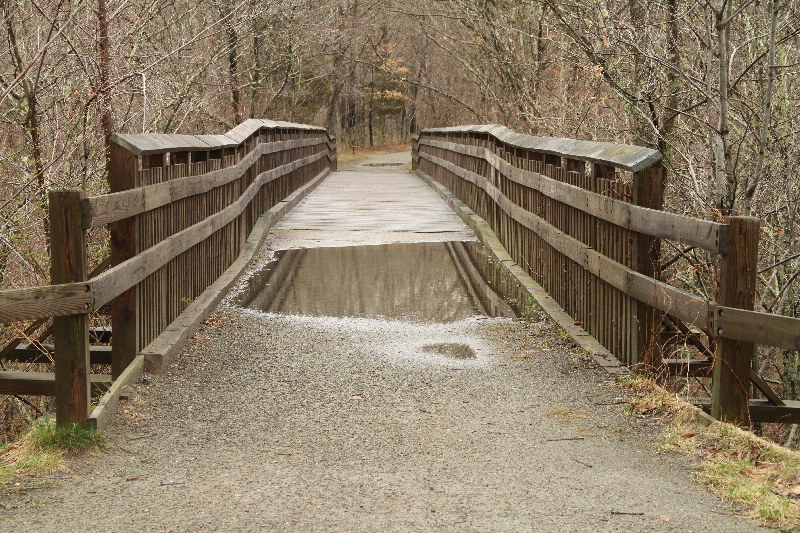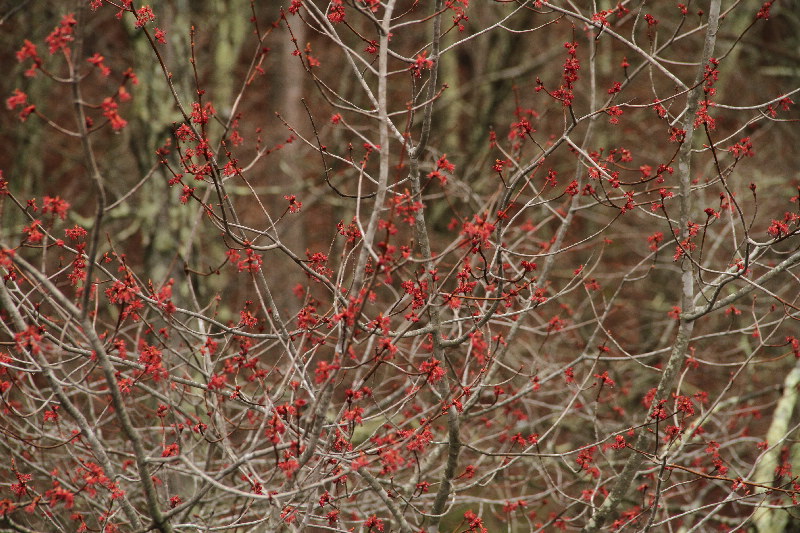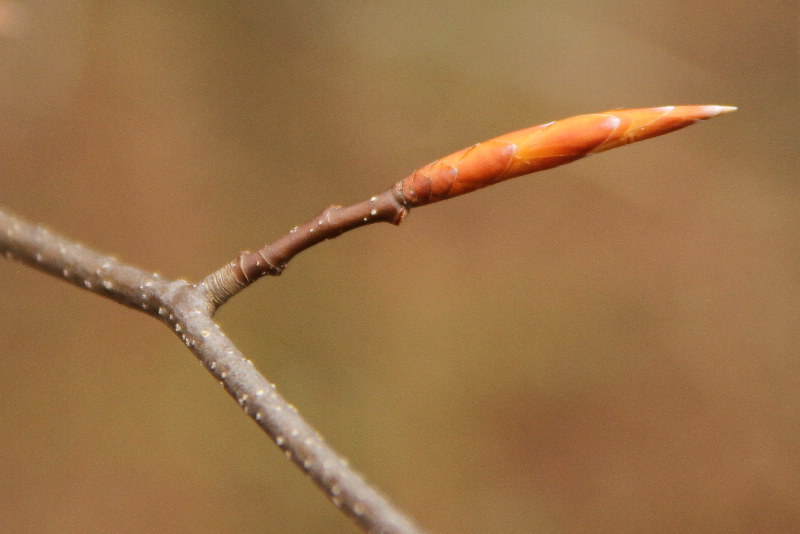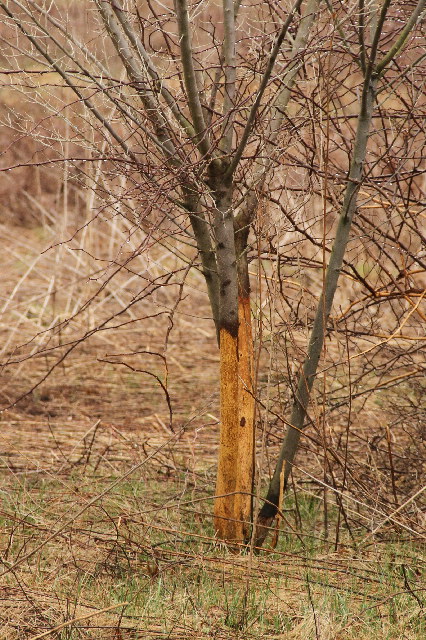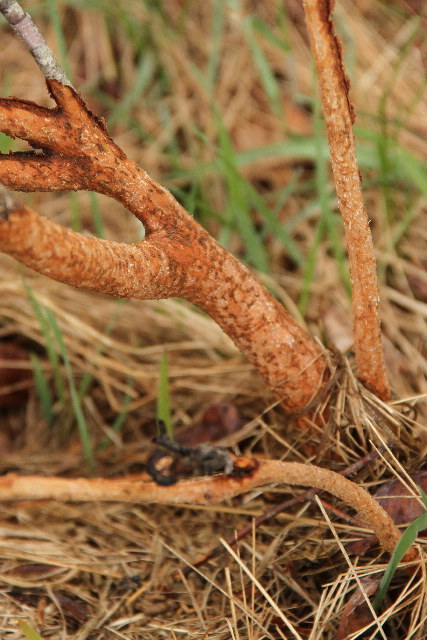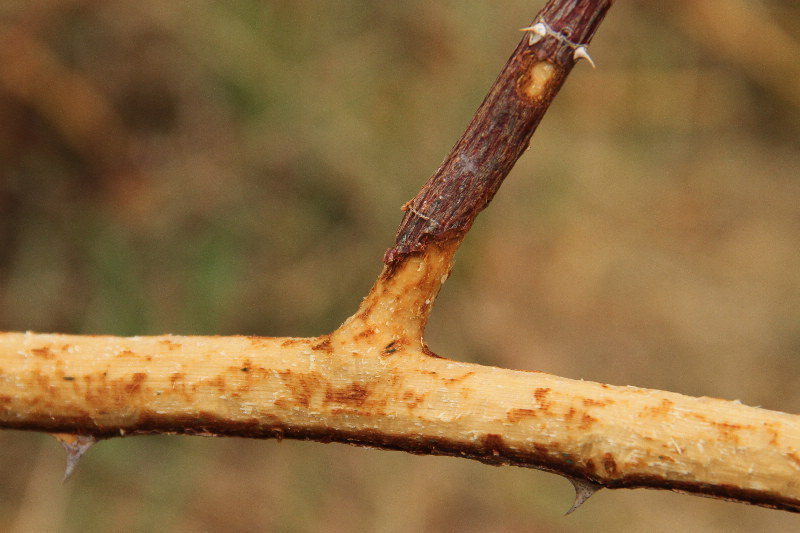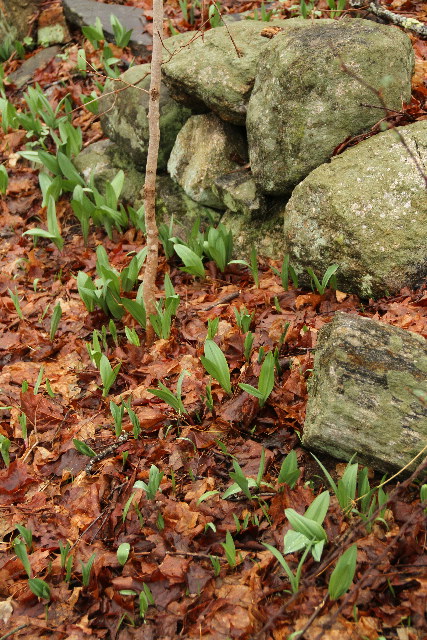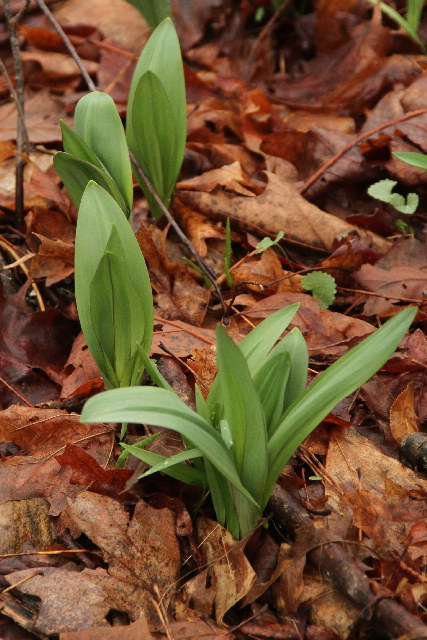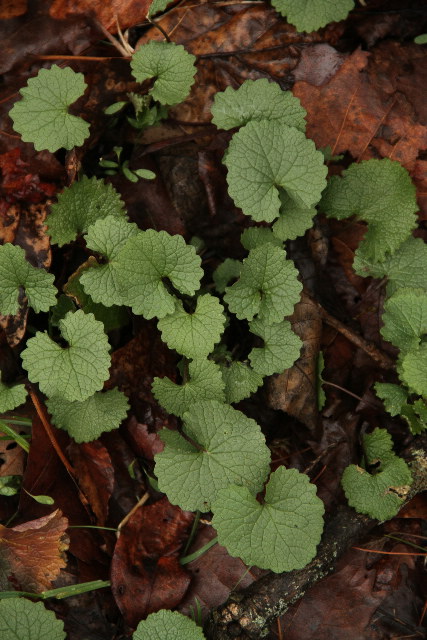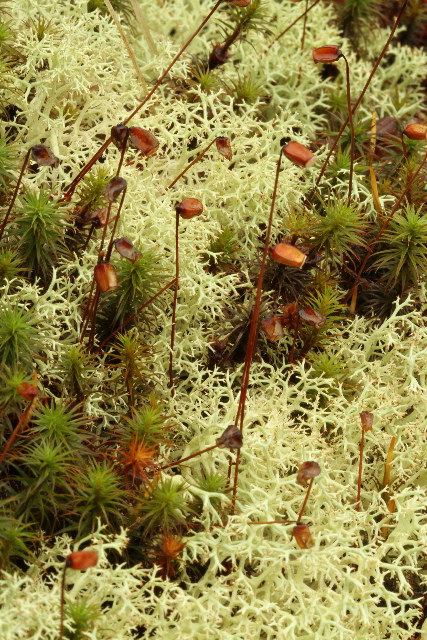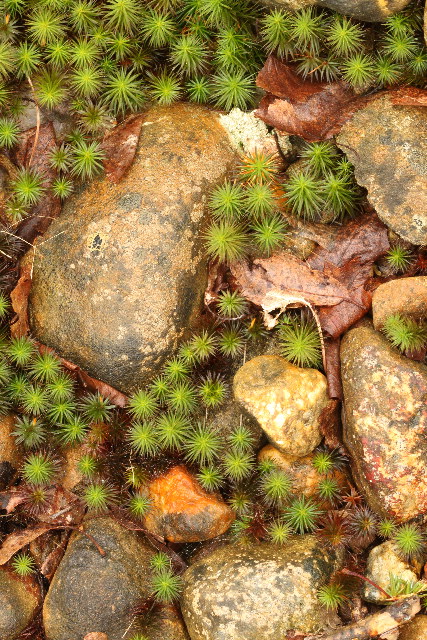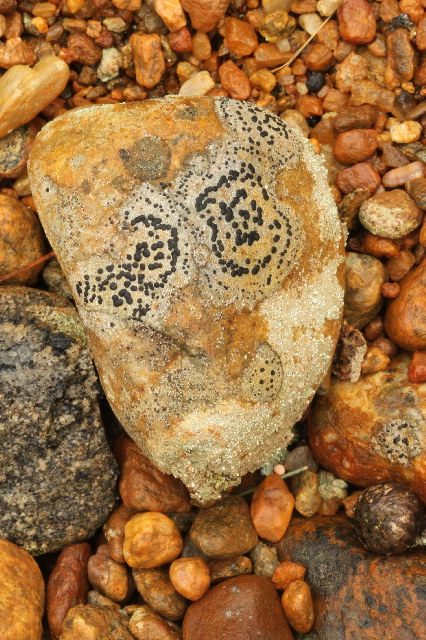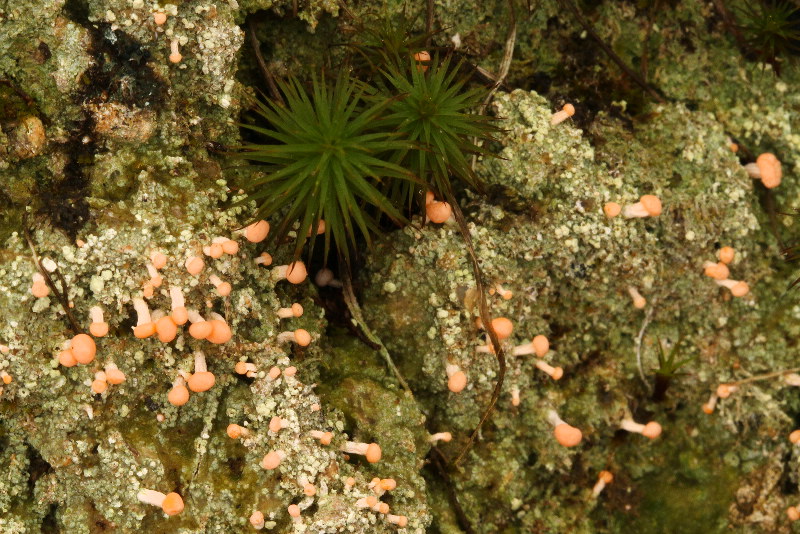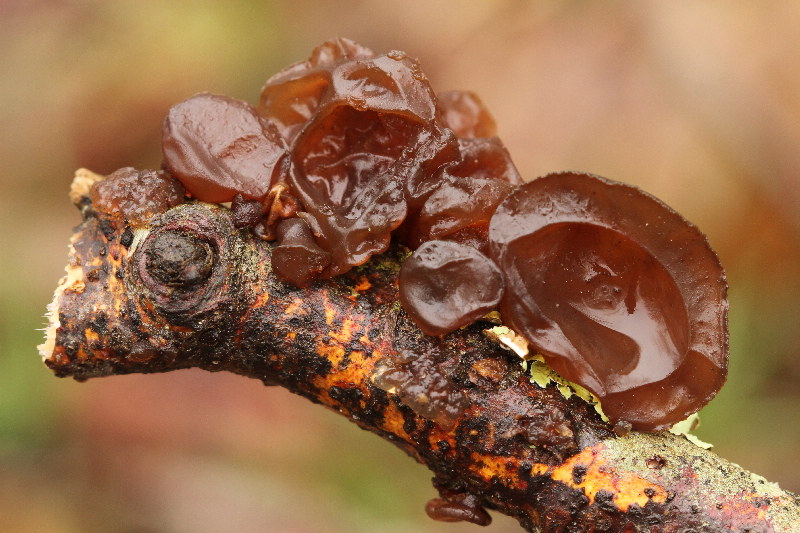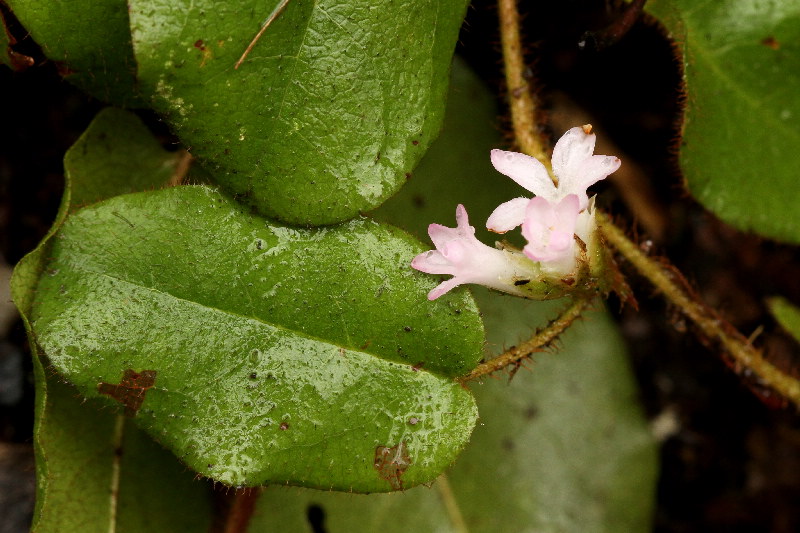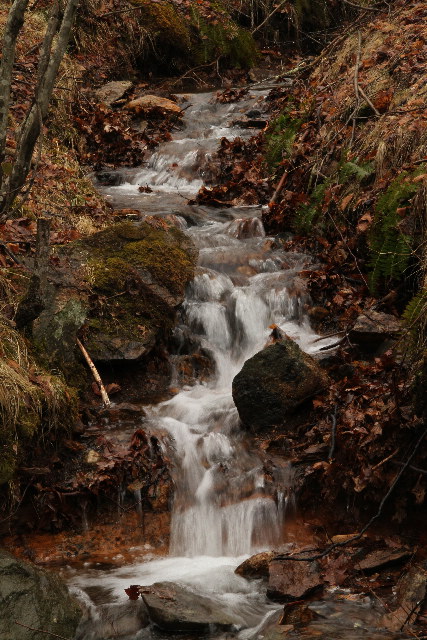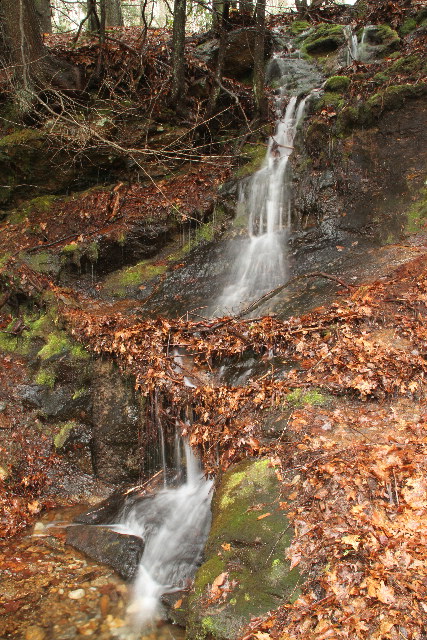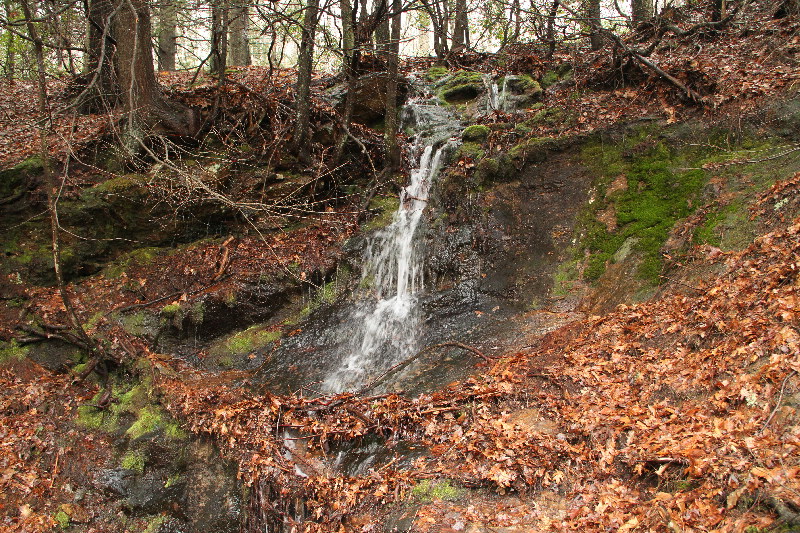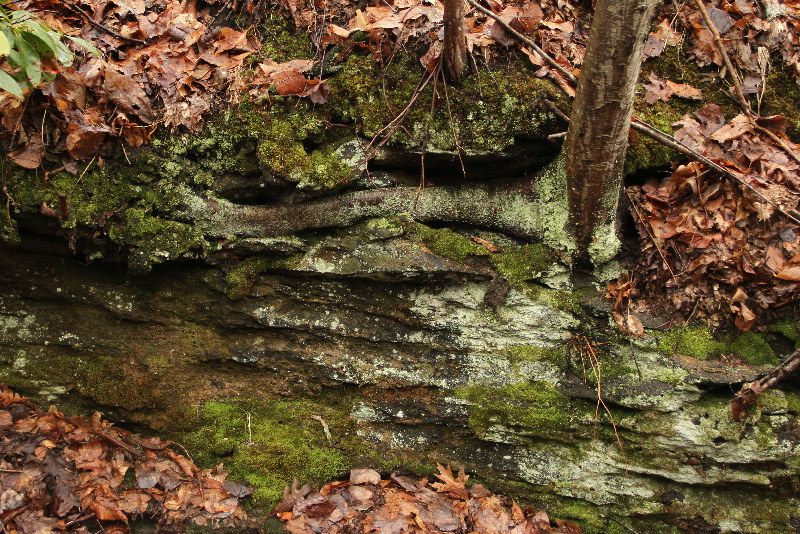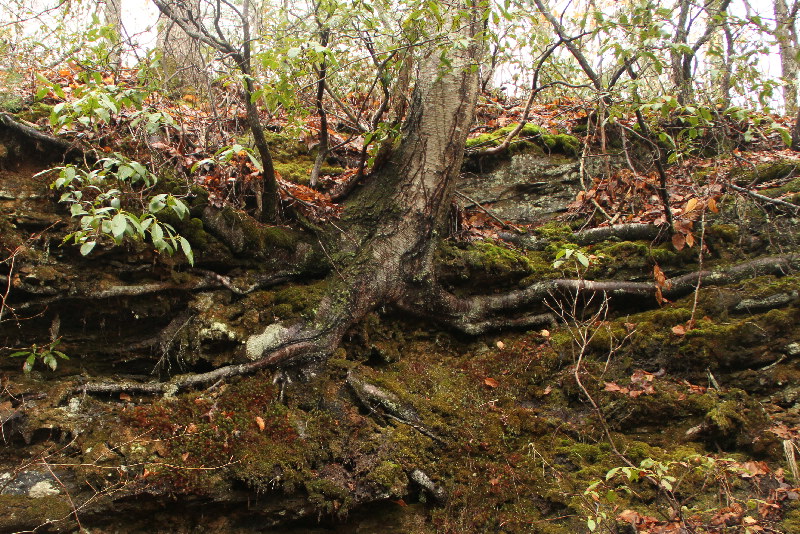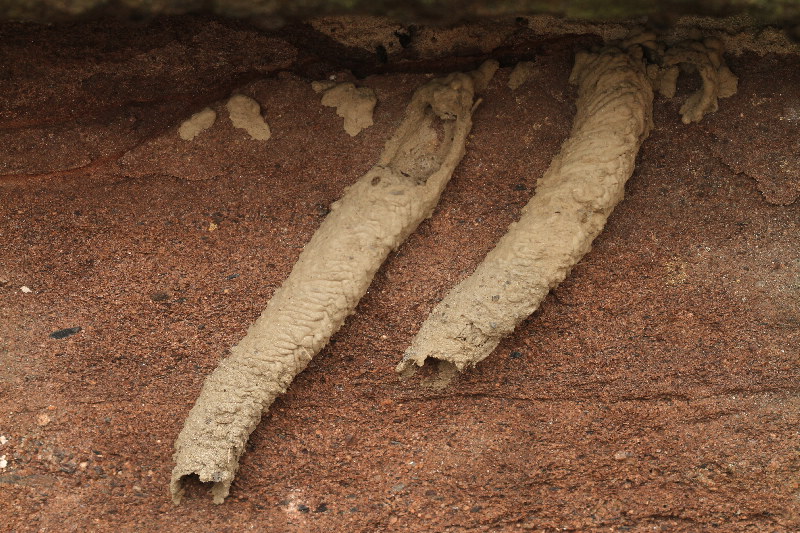Along the Air Line... 2011 - Spring, Part 3 The Air Line Trail in Eastern Connecticut - Stan Malcolm Photos |
mHome Page Stan's FlickR Albums |
April 9th. Hazy dawn at 29 degrees. |
|
A Song Sparrow (Melospiza melodia). |
Finally, some Tree Swallows (Tachycineta bicolor) sat still long enough to have their portraits taken. |
(Thanks to Peter Urbanik for a chance to try his 300mm lens and 1.4 tel-extender.) |
|
|
|
First warblers of the year. This is a male Yellow-rumped "Myrtle" Warbler (Dendroica coronata). |
And this is a Palm Warbler (Dendroica palmarum). |
|
|
|
Pussy Willow blossomes have opened. |
|
|
A brief stop at the United Distillers ruins on the Colchester Spur. |
Coltsfoot (Tussilago farfara) is blooming; the very first of the spring flowers. The leaves come later, after the flowers go to seed. |
|
|
A Carrion Beetle (Silpha sp.) in a discarded clam shell near United Distillers. There were many of these beetles around and under a heap of clam shells and the remains of an ocean fish. |
April 12th. Dark clouds moving in. Wind picking up. Heavy rain expected tonight into tomorrow. |
Two male Northern Shovelers (Anas clypeata) have been on the marsh since the 9th. So far, they've kept in the far distance. These are the first I've seen on the marsh in the 9.5 years I've been walking the trail. (Still some surprises left!) |
Great Blue Heron (Ardea herodius). |
|
|
|
|
|
Tree Swallows (Tachycineta bicolor) are checking out nest holes. |
April 13th. An early afternoon walk centered on River Road. Clouds and some mist remaining from earlier heavy rain. This is the Blackledge River bridge. |
Red Maple (Acer rubrum) blossoms are open. |
Beech tree (Fagus grandifolia) buds are getting ready to open. |
In winter, Meadow Voles (Microtus pennsylvanicus) live in the Subnivean Zone: beneath the snow but atop the soil where they create tunnels. They burrow up around trees and shrubs while remaining under the cover of deep snow to feed on bark. The extent of their feeding reflects the depth of the snow. (We had a lot of snow this year.) |
Keeping below the surface of the snow, the temperature remains at roughly 31 degrees regardless of how much colder the air is above. They also remain out of sight from predators. |
Lots of little nibbles! |
Wild Leeks (Allium tricoccum). |
The flowers come later, after the onion-scented leaves have withered. |
Invasive Garlic Mustard (Alliaria officinalis). These are first year leaves. Next year, the plants will "bolt" and form small white flowers atop a tall stem. |
Green Haircap Moss (Polytrichum juniperum) and its rust-brown fruiting stalks amid Reindeer Lichen (Cladina rangifera). |
Haircap Moss. |
Map Lichen (Rhizocarpon geographicum) on a rock. |
Pink Earth Lichen (Dibaeis baeomyces) on soil. |
A Jelly Fungus (Order Tremellales). |
The Trailing Arbutus (Epigaea repens) is finally starting to bloom but the rain has affected the flowers. |
There are several small waterfalls just west of River Road. This is the first of them. |
|
...and this is the second. |
|
|
Trees insert their roots in the tightest spaces between layers of rock ledge. |
|
Nest tubes of an Organpipe Mud Dauber Wasp (probably Trypoxylon politum). Learn more about them here. |
